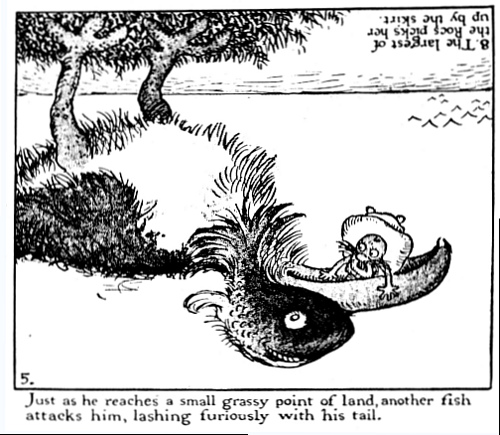
The great thing about Gustave Verbeek’s comic strips is that when you reach the end of a page, you can invert it to see the story continue.
He created 64 such comics for the New York Herald between 1903 and 1905.
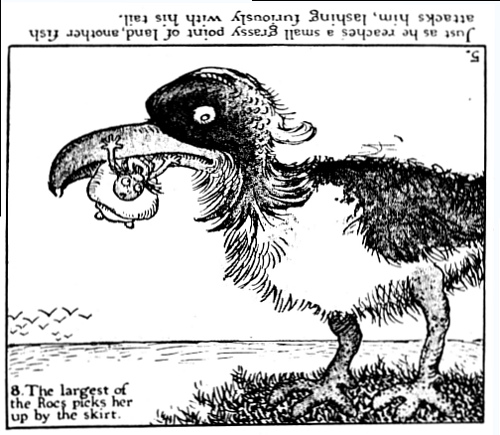

The great thing about Gustave Verbeek’s comic strips is that when you reach the end of a page, you can invert it to see the story continue.
He created 64 such comics for the New York Herald between 1903 and 1905.

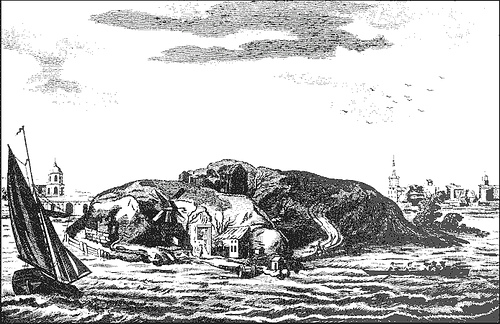
The Isle of Dogs. An 18th-century engraving.
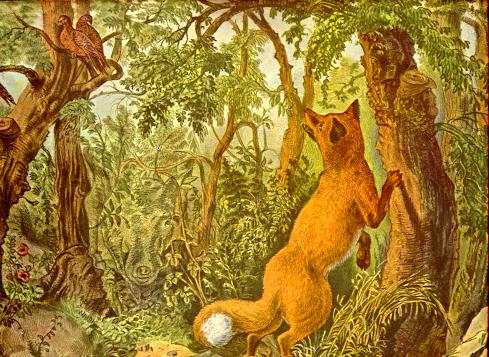
This 1872 Currier and Ives print is titled The Puzzled Fox: Find the Horse, Lamb, Wild Boar, Men’s and Women’s Faces. There are eight human and animal faces hidden in the scene. Can you find them?
Ironically, the birds that are visible have now disappeared — they’re passenger pigeons.
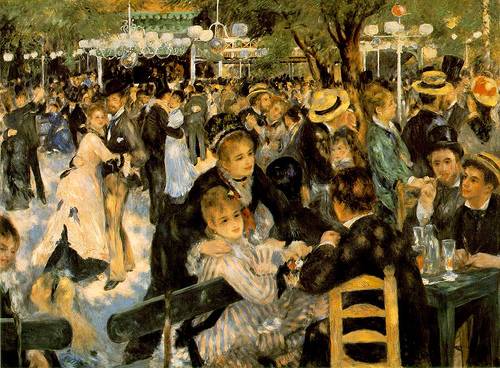
Most expensive paintings (sale prices expressed in dollars and adjusted for inflation):
Japanese industrialist Ryoei Saito bought both #4 and #5 in 1990 and then announced he would have them burned during his cremation. Perhaps fortunately, he later ran into financial difficulties and was forced to sell them.
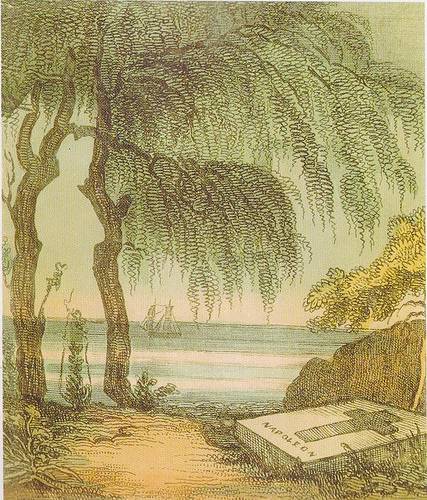
Someone once asked Jean Cocteau, “Suppose your house were on fire and you could remove only one thing. What would you take?”
Cocteau considered, then said, “I would take the fire.”
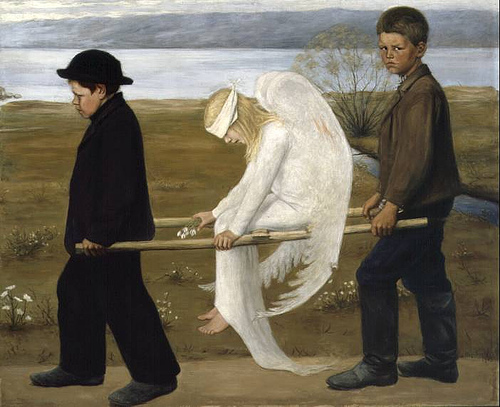
Finland’s national painting is Hugo Simberg’s The Wounded Angel.
Simberg refused to explain its meaning … but it was his favorite work.
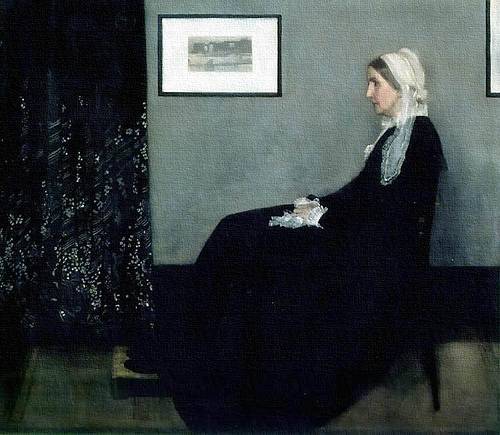
James McNeill Whistler failed his West Point chemistry exam.
“If silicon had been a gas,” he said later, “I should have been a major general.”
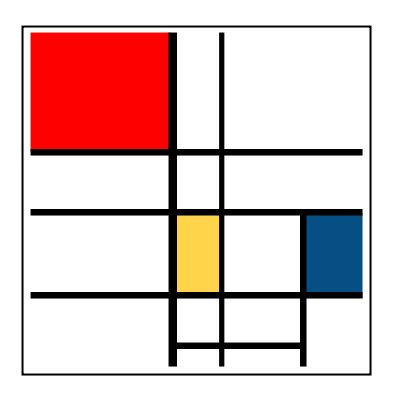
PIET MONDRIAN is an anagram of I PAINT MODERN.
Before conductors used batons, they kept time by banging a long staff against the floor. In January 1687, Jean-Baptiste Lully was conducting a Te Deum in this way when he struck his toe. The wound turned gangrenous, the gangrene spread — and he died.